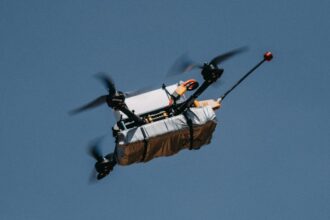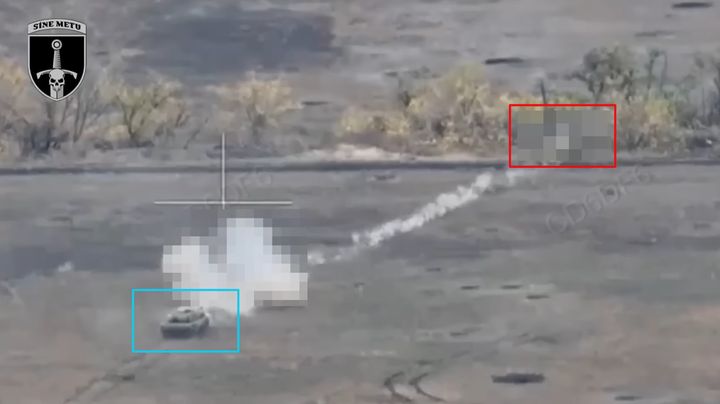The Russian forces are concentrating a five-pronged attack around the N15 highway as the Ukrainian 33rd Brigade and 79th Brigade race to prevent an encirclement, with a potential push later on Pokrovsk.
Today’s most important updates are from the Kurakhove directions.
Under intense pressure by a sweeping Russian attack, Ukrainian forces in Kurakhove face significant risks while they work tirelessly on stabilizing the situation across multiple attacks vectors. Ukrainian troops are using fortified defensive positions and targeted counterassaults to hold their ground, and prevent a Russian breakthrough which could threaten operational-level control.
After the capture of Vuhledar by Russian forces, they have sought to maintain and intensify the offensive momentum in that area. In recent days, Russian forces have launched a massive assault across five attack axes, aiming at encircling Ukrainian forces within the emerging salient.
The salient is characterized by flat terrain and a lack of significant elevation. The Sukhi Yaly River is the only geographical feature that stands out. This river runs through the middle of the salient and flows alongside a number of settlements. As a result, Russian forces have advanced both north and south. The logistical routes are more important, namely the N-15 highway between Zaporizhzhia and Kurakhove. If this route were compromised, either by an attack directly from Kurakhove, or from southern attack vectors, it would severely threaten Ukrainian supplies across the region.
In the northern part, the main attack direction is Kurakhove. Here, Russian forces are aiming to establish a foothold in the town and begin the battle. Russian troops, positioned at Ostrivske, Maksymilianivka and other locations, are restricted to advancing on a heavily fortified, mined and heavily fortified route to Kurakhove. This route is tightly guarded and defended by Ukrainian forces.
Despite constant mechanized attacks, Ukrainian defenders in Kurakhove have built formidable defensive positions. After multiple attempts, isolated Russian forces managed to breach the town’s outskirts. However, their supply lines were cut and they were eliminated. Since then, this sector’s situation has stabilized.
The second offensive axis, which originates south of the main vector in the north, is Heorhiivka-Pobieda. The recent Ukrainian advance southwest from Pobieda shows that this area is relatively stable. Russian forces tend to avoid heavily mined areas in this area, instead concentrating on concentrated efforts to penetrate through aligned villages where resistance is likely to be lighter.
The third attack vector is aimed at advancing through a settlement line toward Kostiantynivka or Yelizavetivka where intense fighting has slowed down Russian progress. Russian forces have to push through dense forest lines that act as a natural barrier before they can reach these settlements. In this sector, Ukrainian forces include some of the most capable units in the country, including the 33rd Mechanized Brigade.
According to Nazar Voitenkov (their spokesperson), Leopard 2A4 tanks have been deployed to neutralize enemy trenches and fortified sites as well as any reclaimed Russian position. Geolocated footage from a few days ago shows two Leopard 2A4 tanks moving towards Russian positions in a forest, launching close range attacks that destroy the target. After the assault is completed, the tanks withdraw and continue to fire suppressive fire.
Ukrainian forces aren’t the only ones to deploy advanced equipment. Recent geolocated photos reveal that Russian forces moved one of their last BMP-T Terminator units to the area. This rare armored vehicle, known for its high firepower, is designed to lead attacks alongside tanks and use its automatic cannons in order to suppress infantry. The presence of the Terminator here signals Russia’s priority to advance along the settlement line.
Read More @ euromaidanpress.com




